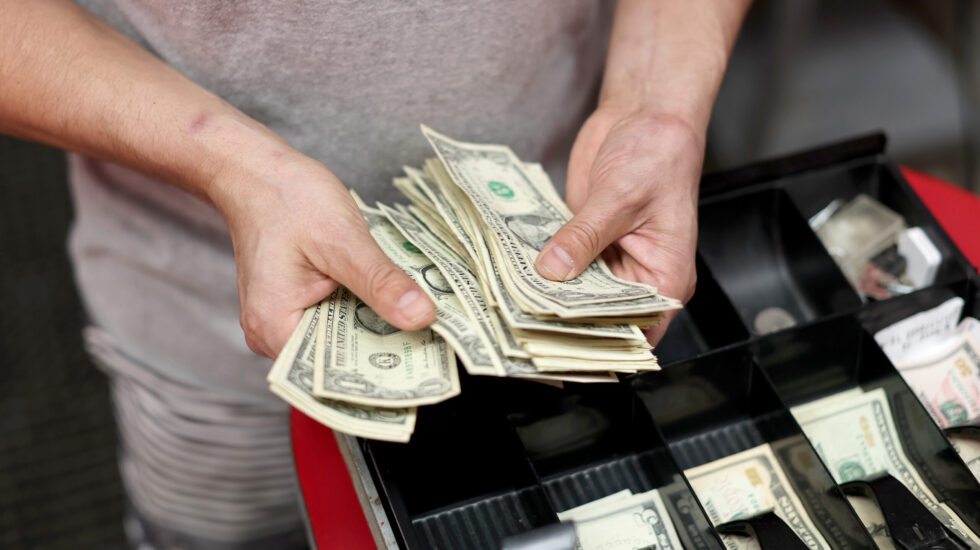The Labor Department announced Thursday that consumer prices rose 7.5% from January 2021 to January 2022, exceeding analyst expectations and establishing a new forty-year high.
Prices ticked up 0.6% in January from a month earlier, continuing a trend that is “hammering America’s consumers, wiping out pay raises and reinforcing the Federal Reserve’s decision to begin raising borrowing rates across the economy,” reports The Associated Press.
CNBC drills down on the specifics:
On a percentage basis, fuel oil rose the most in January, surging 9.5% as part of a 46.5% year-over-year increase. Energy costs overall were up 0.9% for the month and 27% on the year.
Vehicle costs, which have been one of the biggest inflation contributors since it began surging higher in the spring of 2021, were flat for new models and up 1.5% for used cars and trucks in January. The two categories have posted respective increases of 12.2% and 40.5% over the past 12 months.
Shelter costs, which make up about one-third of the total CPI number, increased 0.3% on the month, which is the smallest gain since August 2021 and slightly below December’s increase. Still, the category is up 4.4% over the past year and could keep inflation readings elevated in the future.
Food costs jumped 0.9% for the month and are up 7% over the past year.
The Washington Post provides key context:
Sharp inflation has undermined an otherwise robust recovery. The economy has rebounded remarkably since plunging into recession almost two years ago. Over the past 12 months, the U.S. economy has added nearly 7 million jobs and average hourly earnings have climbed 5.7 percent. The overall economy has shown relative resilience to new waves of the coronavirus, and stocks have bounced back from their volatile start to 2022.
Bloomberg adds:
The rapid pickup in inflation boils down in large part to the mismatch between supply and demand. With the help of massive government stimulus, a surge in household purchases strained factories and global supply chains. Capacity constraints of U.S. producers trying to ramp up production were made worse by a smaller pool of available labor.
The tight labor market, in which the unemployment rate is now 4%, has led employers to bid up wages in an attempt to fill millions of job openings and retain workers. Last year, compensation costs surged by the most in two decades.
Even so, wages aren’t keeping up with inflation. Inflation-adjusted average hourly earnings fell 1.7% in January from a year earlier, marking the 10th straight decline, separate data showed Thursday.
